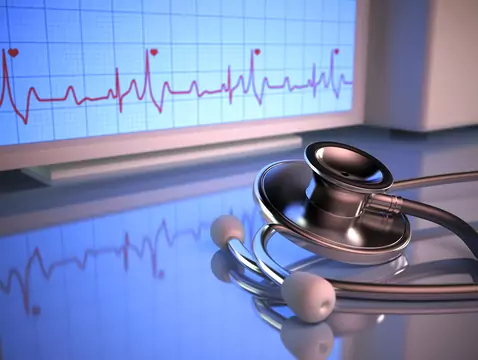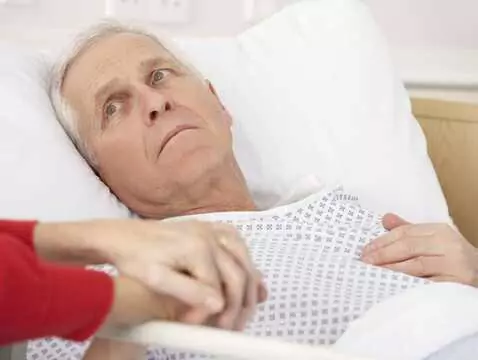In recent years, much has changed in the approach to the sexuality of cardiac patients. Professionals have started to recognise sexual activity as an important area of patients' lives. Patients themselves have opened up and are more likely to ask directly for recommendations on these issues. Finally, recommendations for returning to sex after a myocardial infarction have also changed, from being very conservative and escalating the patient's fears, to being much more permissive (casual). Indeed, it turns out that in the vast majority of cardiac patients, sex is allowed and even recommended.
Helpful drugs and harmful drugs
Some of the drugs used in ischaemic heart disease adversely affect sexual function. This is particularly true of non-selective B-blockers (such as propranolol), digitalis glycosides and diuretics. To a lesser extent, such disturbances are caused by calcium channel blockers or drugs from the angiotensin-converting enzyme inhibitor group. The sartans have the most favourable profile in terms of not causing sexual dysfunction, and of the B-blockers, nebivolol.
As already mentioned, the best-known disorder in the cardiac patient group is erectile dysfunction. The fortunate situation is that pharmacotherapy can be used for such disorders. This is a very rare situation in sexology - there are no drugs at all for sexual disorders in women. Probably because their sexual response model is too complex. The drugs used for sexual disorders are the so-called phosphodiesterase 5 inhibitors (I-GCFE 5). The classic example in this family is sildenafil, but several more similar substances have been produced after it, differing in speed of action and durability of effects. All of them inhibit the action of an enzyme whose role is to break down the messenger responsible for vasodilation in the penile corpora cavernosa, on which blood flow during erection depends.
Once these drugs were produced, there was anxiety among cardiac patients about their safety. At the same time, this was the group that might need such drugs the most. These concerns led to a situation where I-GCFE 5 are one of the most studied groups of drugs, there are thousands of research articles on the subject. A screening questionnaire was developed for the study, including questions to patients about erectile dysfunction, which is routinely used today by urologists, among others. During the course of the study, the drugs were found to be safe in cardiac patients. The only thing that must not be done is to combine them with nitrates (e.g. nitroglycerine), as this risks a life-threatening drop in blood pressure. I-GCFE 5 are also contraindicated in people for whom sexual activity is not recommended due to cardiovascular risk.
3 patient categories
In 2010, the third conference on sexual health in cardiac patients was held in Princeton. This resulted in a range of recommendations called the Princeton Consensus III. These recommendations divide patients into three categories based on the amount of their somatic burden and ability to perform.
In the low-risk group - the risk of engaging in sexual activity is comparable to that in the healthy population. This includes people with fewer than three major cardiovascular risk factors, with well-controlled hypertension, at least 6-8 weeks after myocardial infarction with a negative exercise test (so much shorter than commonly thought!), bicuspid valve leaflet prolapse, atrial fibrillation with controlled ventricular function.

photo: shutterstock
Thestatus of patients in the moderate risk group is unclear and their sexual activity should be withheld until the cardiological diagnosis has been expanded to classify them as low or high risk. This includes patients without symptoms but with at least three major cardiovascular risk factors present, patients two to six weeks after a myocardial infarction, and patients with peripheral arteriosclerosis.
It is only in the high-risk group that sexual activity is explicitly contraindicated because it is hazardous to health. Once the risk factors have been modified, it is possible to reassess clinically and possibly change the group to which a patient can be assigned. The highest risk category includes patients with uncontrolled hypertension, who are fresh (up to 2 weeks) after myocardial infarction, with malignant ventricular arrhythmias such as those triggered by exertion or emotion, cardiomyopathy with ventricular outflow tract stenosis, severe valvular heart defects (especially aortic stenosis).
Summary
Talking about sexual health should be a routine procedure offered by specialists to patients after myocardial infarction. Such counselling can be based on existing guidelines and the results of scientific studies, which indicate a high safety of a relatively rapid return to sex after myocardial infarction in most patients. This safety is even greater the less stress associated with undertaking this activity. Sexual fulfilment certainly contributes to an improved quality of life for both partners.









